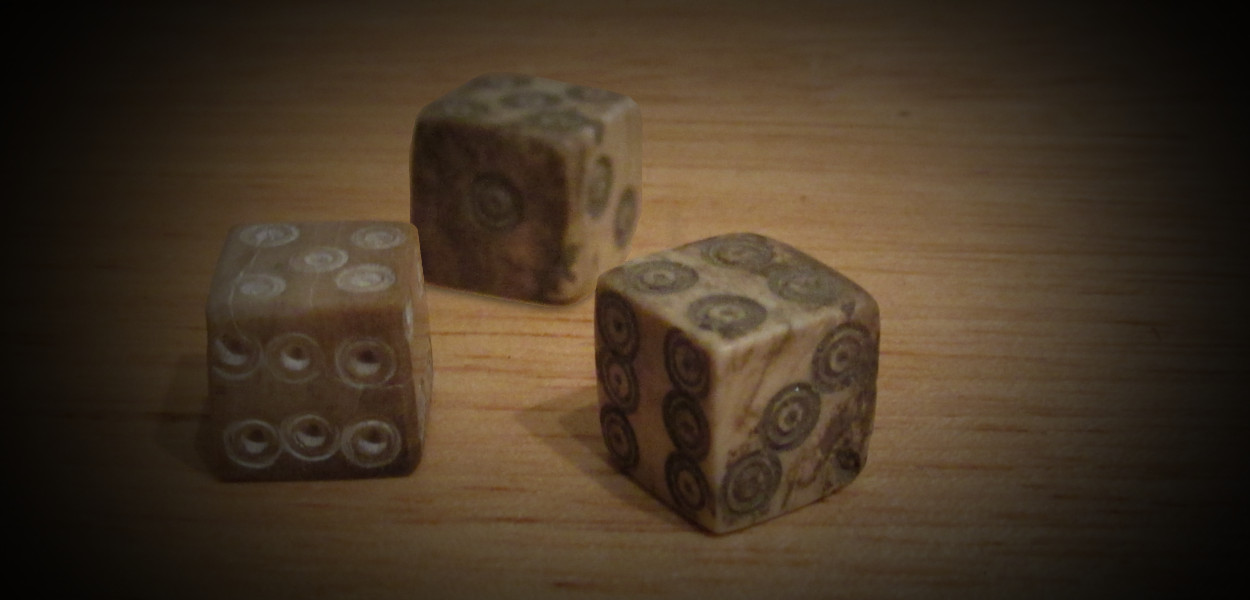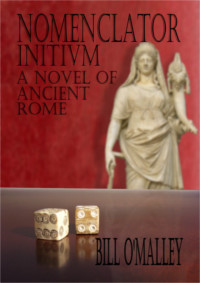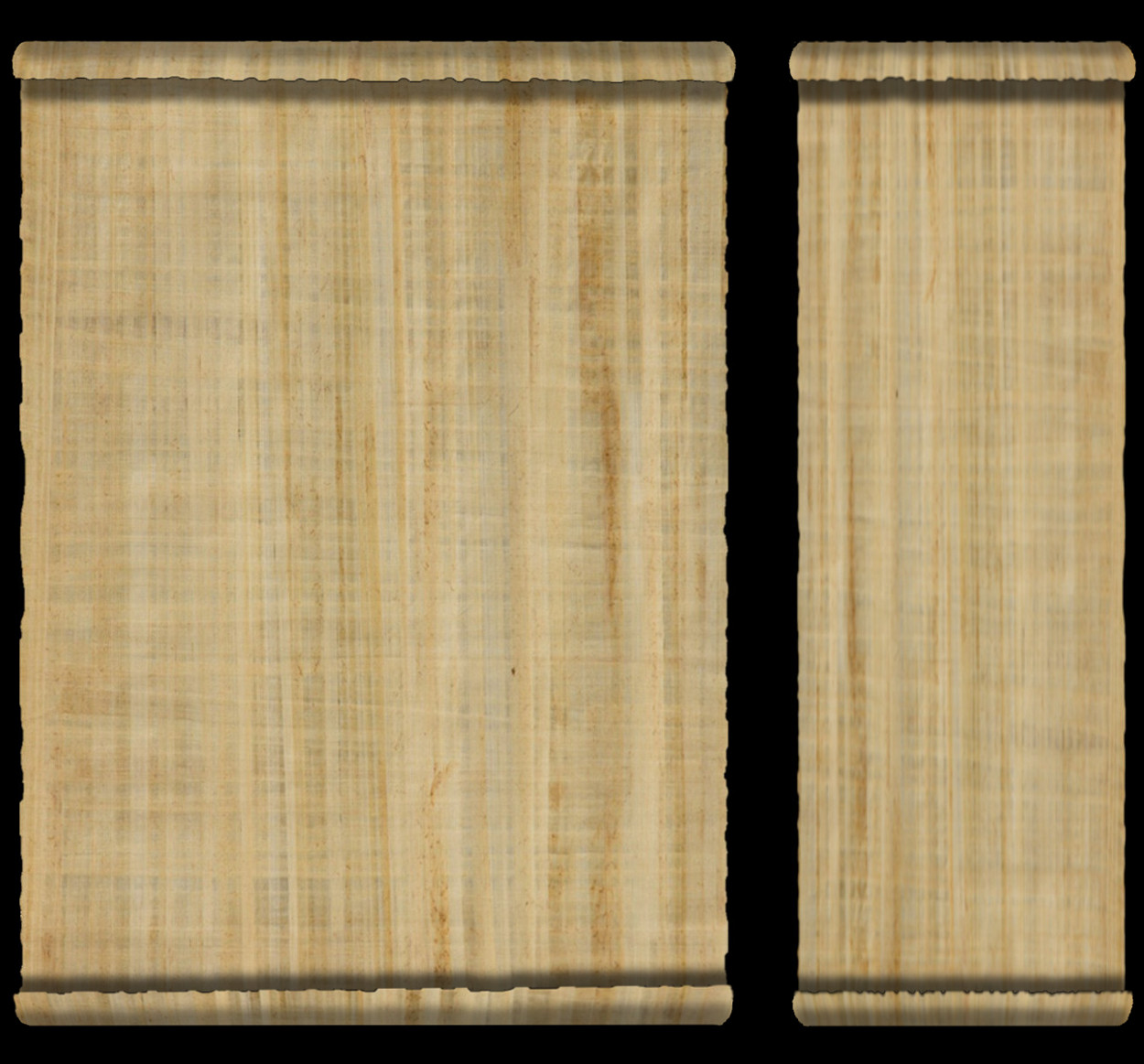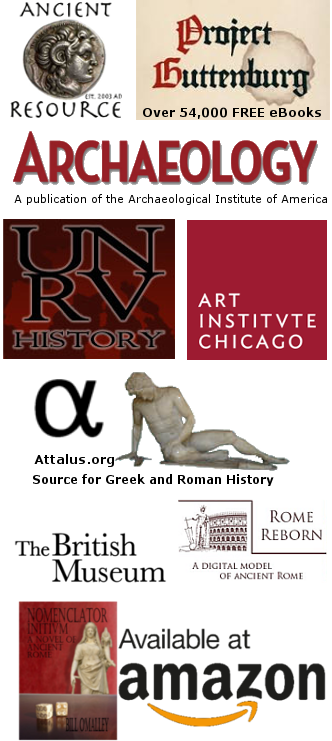


Tesserae (dice)
People have been playing with dice for thousands of years, and there is no historical record of when or where they originated. They oldest dice discovered to date were found at an archaeological site called Shahr-e Sukhteh (Burnt City) in southeast Iran. These dice date from a period of 2800 to 2500 BC, but it is clear that dice are older than that as the Egyptian game of Senet was played using dice at least as early as 3000 BC.. Dice are mentioned in ancient Hindu Vedas or sacred texts and there is archaeological evidence that dice may have originated in South Asia.
Playing dice was a very popular pastime in ancient Rome. There were multifaceted dice, but the four sided variety was by far the most popular. Dice and other games of chance were very popular and Romans were very avid gamblers. As a result, gambling became illegal except during certain festivals and at gladiator and chariot racing events, but that did little to stop it. Archaeological sites have revealed gambling chips (roundels) made of bone that were used the same way chips are used in modern casinos.
Modern dice and ancient dice are very similar, but the marks on modern dice are arranged so that opposite sides add to seven, but this was not the case in ancient dice. Dice were often carved from bone, but like Tali, there were sometimes made from other materials. As with modern play, the dice were shaken in a cup or hand and then tossed onto a flat surface. Roman wall paintings show that Romans played using three dice.
Dice play an important role in the Nomenclator series of books, because they represent the role chance, personified by the goddess Fortuna play in the events leading to the fall of the Roman Republic.
These links are being provided as a convenience and for informational purposes only; they do not constitute an endorsement or an approval by Nomenclator Books or Bill O'Malley of any of the products, services or opinions of the corporation or organization or individual. Nomenclator Books and Bill O'Malley bears no responsibility for the accuracy, legality or content of the external site or for that of subsequent links. Contact the external site for answers to questions regarding its content.



















